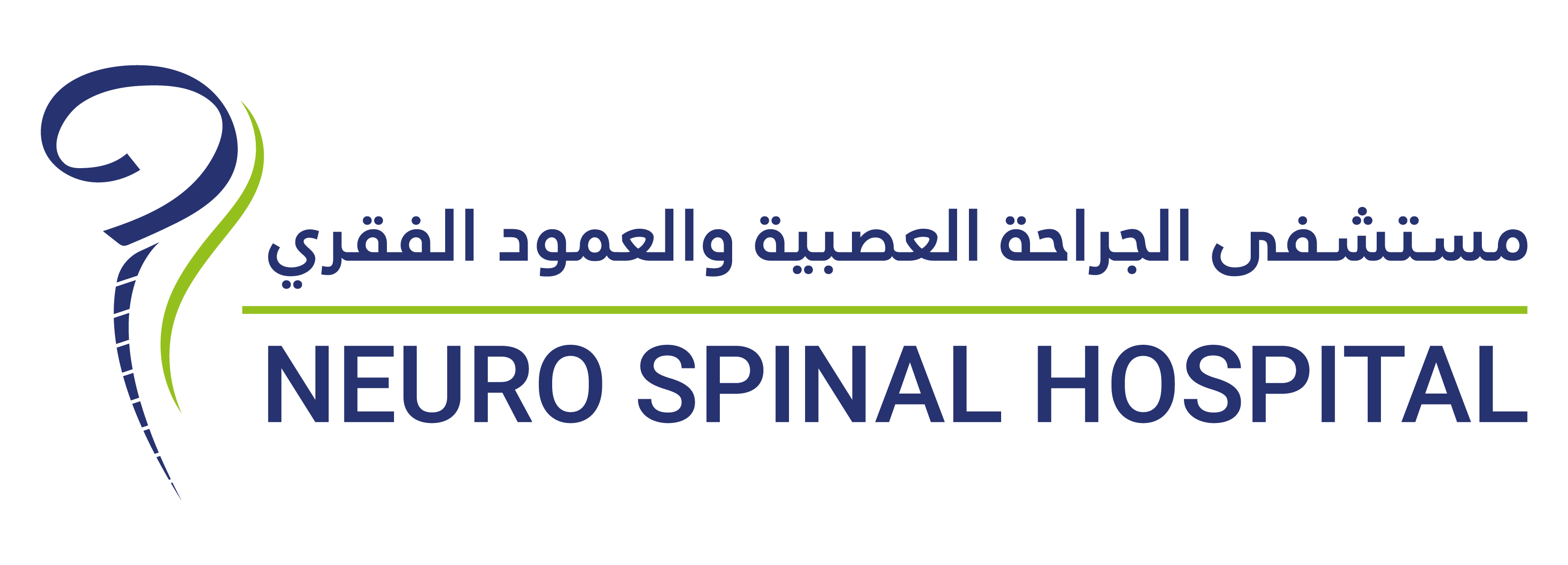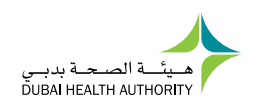There is no known cure for Guillain-Barre syndrome. Most people with the condition must be hospitalized to receive treatment. Although most people recover from Guillain-Barre syndrome, the mortality rate is 4% to 7%.
Treatment which treatments can ease symptoms and reduce the severity of the illness include:
- Plasma exchange (plasmapheresis) – removing the liquid portion of part of blood (plasma) which may contain harmful antibodies but retaining the blood cells. The body produces more plasma to make up for the loss.
- Immunoglobulin therapy – donated immunoglobulin containing healthy antibodies is transfused. High doses of immunoglobulin can block the damaging antibodies that may contribute to Guillain-Barre syndrome.
Medication may be given to relieve pain or reduce the risk of blood clots.
Physical therapy can help to improve muscle strength and flexibility. Adaptive devices, such as a wheelchair or braces, can help with mobility and independence.
Recovery usually takes between 6 to 12 months, although for some people it could take as long as three years.
Children, who rarely develop Guillain-Barre syndrome, generally recover more completely than adults.
Diagnosis and treatment of Guillain-Barre syndrome can be physically and emotionally difficult. Support from family members or groups for those affected can be beneficial.






